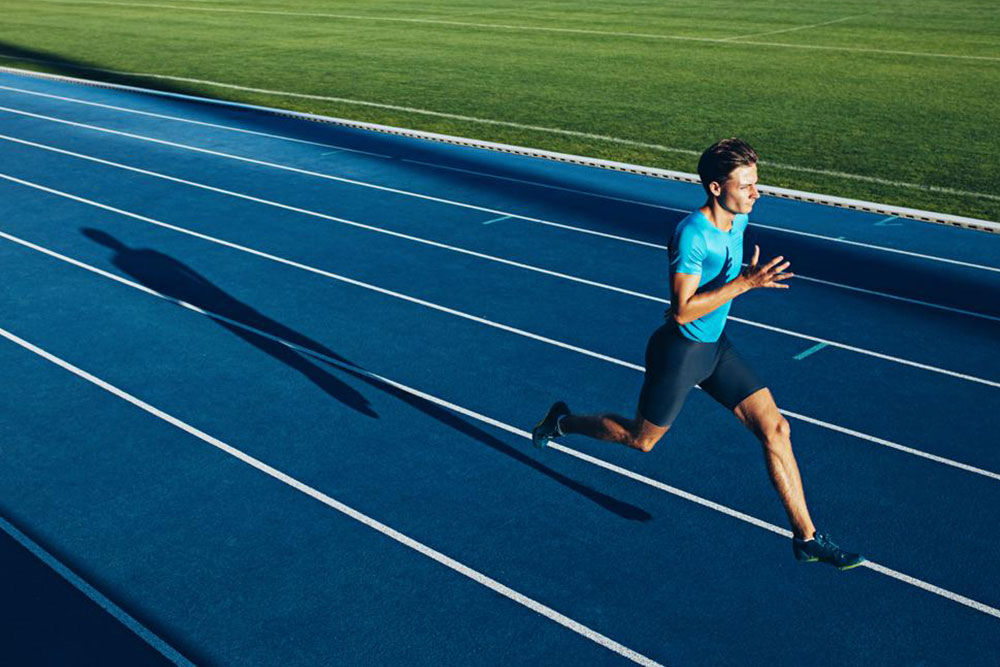Why is pulse rate monitoring important for athletes
Also known as heart rate, a pulse rate is basically the number of heart beats every minute. The heart refines and pumps blood to all parts of the body, and hence you can experience pulsing in distinct areas of the body such as the wrist, upper arm or the neck. By keeping a tab on your pulse rate, you can easily figure out your heart’s health.
Not just for medical purposes pulse rate is also significant when it comes to workout sessions. Usually, athletes or fitness enthusiasts can examine their pulse before and after exercise. If you are wondering how this is determined, here’s your answer.

Resting pulse rate
In simple words, a resting pulse or normal pulse rate is your number of heart beats per minute during the period of absolute inactivity. It essentially estimates your general cardiac condition and the kind of effort it has to put in while you are dealing with regular tasks.
According to the normal pulse rate chart if you have fantastic fitness levels then your heart doesn’t have to work hard to regulate blood processes. That means for an extremely fit athlete, the average pulse rate will lie between 40 to 60 beats.
Maximum pulse rate
As the name suggests, this pulse rate is the upper limit of beats that a heart can regulate within a minute after an intense physical workout. The average maximum pulse rate varies according to age and gender. According to the pulse rate chart for individuals in their twenties, the maximum pulse will be 200, as compared to someone in their forties having a rate of 175 to 180. With this number, athletes can determine their capacity for hardcore training sessions.
As an athlete being aware of your resting and maximum pulse rate will assist you in designing the right target pulse rate chart. This will ensure that you don’t over exert your heart or undertrain while performing exercises. Not just for hardcore practice, this can be useful for weight loss, regular exercises, body toning, and building stamina. Monitoring your personalized pulse rate chart will also help you develop stronger cardiac functions with time.

